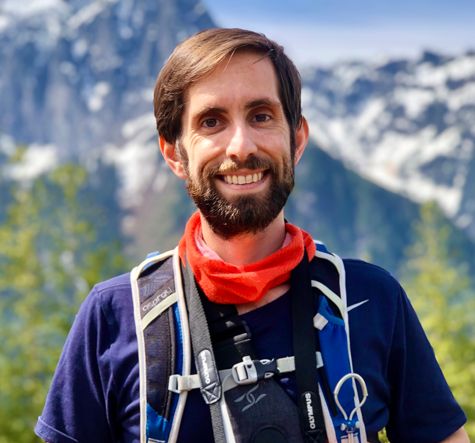Early Career Scientist Spotlight
Dr. Joseph Finlon (he/him/his)
Cloud Microphysicist
Mesoscale Atmospheric Processes Laboratory (612)
What inspired you to pursue a career in atmospheric sciences?
Ever since I was a kid, I’ve been fascinated with the weather. Growing up in the desert of the Southwest US, I found excitement in dust storms during the monsoon season. I would create 7-day forecasts by hand and put them up on the fridge for our family to see. When we moved to central New York, I became hooked on nor’easters and lake-effect snow events. I wanted to learn more about how one location could be shoveling snow just to get out of their house while people one county over would have the sun shining.
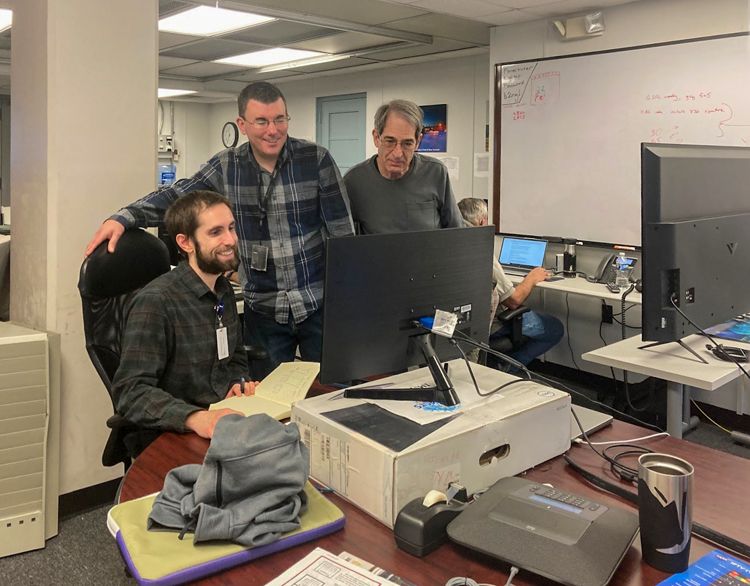
Credit: Mary Gross, NASA ARC
How did you end up working at NASA Goddard?
During my postdoctoral studies at the University of Washington, I had the opportunity to lead forecast operations as well as serve as a mission and flight scientist with the Investigation of Microphysics and Precipitation for Atlantic Coast-Threatening Snowstorms (IMPACTS) project. IMPACTS was a three year, NASA-sponsored field campaign aimed at studying the mechanisms associated with regions of heavier snowfall within winter cyclones, and there were several scientists from NASA Goddard whom I had the pleasure of working with over the last few years. The more that I interacted with those from Goddard, the more I began to feel like I would be a good fit for the center, to contribute my expertise to the NASA community and continue to grow as an early career scientist. I started working in May 2023 as a part of University of Maryland’s Earth System Science Interdisciplinary Center (ESSIC) cooperative agreement with NASA Goddard.
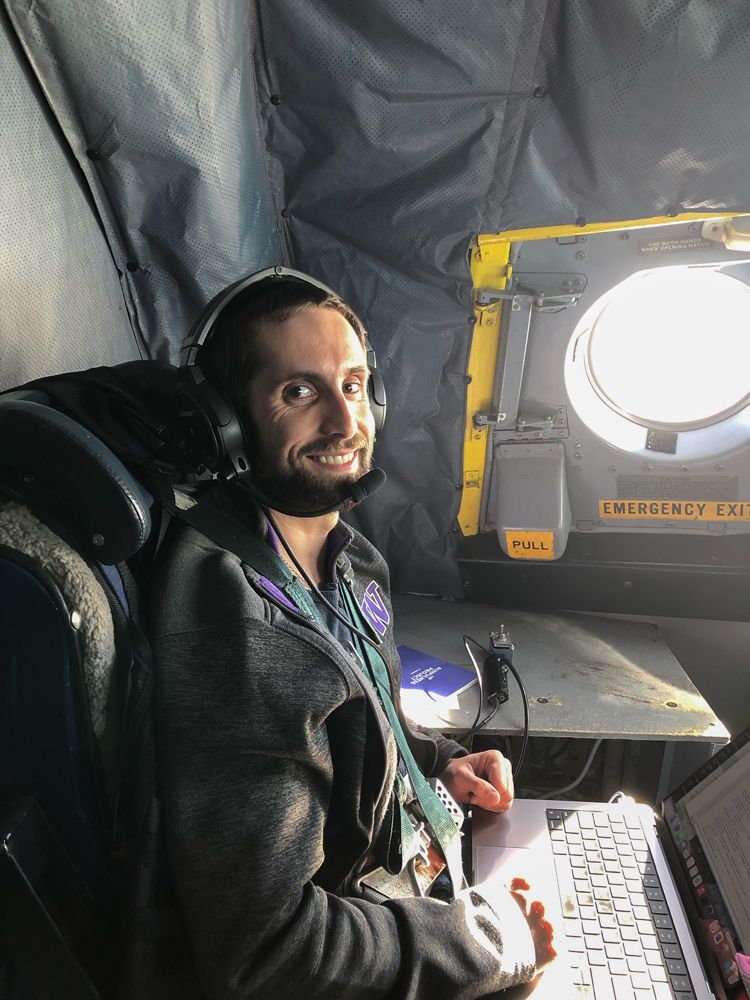
Credit: Lynn McMurdie, University of Washington
What science questions do you investigate?
The goal of my research is to better understand how the optical and radiative characteristics of these particles relate to the backscatter and polarization signatures from remote sensing instruments. To do this, I leverage the synthesis of remote sensing measurements from airborne radar and lidar sensors with in-situ observations of cloud microphysical properties, such as the sizes and shapes of ice crystals, from recent field studies. Because a lot of effort goes into developing algorithms that retrieve cloud properties from radar, lidar, and radiometer measurements from aircraft and satellites, it’s important to validate how well these retrievals do under different environmental conditions.
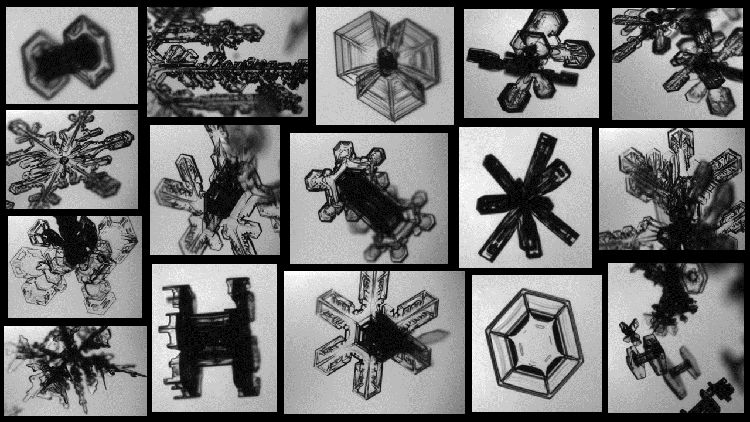
Credit: Christian Nairy, University of North Dakota
What skills are most useful to you in your work, and where did you develop those skills?
Probably the most useful skill I’ve developed over the years is scientific programming. Whether it’s learning C++ and Fortran in undergraduate courses or being self-taught in MATLAB and Python during grad school, knowing the basics to analyze larger datasets has saved me lots of time. Collaborating on code through GitHub has also motivated me to make sure what I write is well-commented for others to understand.
What is one research project that you are particularly excited about, and why?
If I had to pick one, I’d say collaborating with others in my lab to develop state-of-the-art radar and lidar algorithms that predict the bulk water content, particle sizes, and other cloud microphysical properties is an exciting endeavor over the coming months and years. While in-situ cloud measurements play an important part in accurately observing cloud properties, the instruments collecting these data are spatially limited to the altitude in which the aircraft flies and are ultimately constrained by the number of flight hours allotted during costly field campaigns. Therefore, being able to accurately retrieve some of these properties from remote sensing instruments that cover much larger portions of weather systems is key to better understanding how clouds and precipitation impact our society.
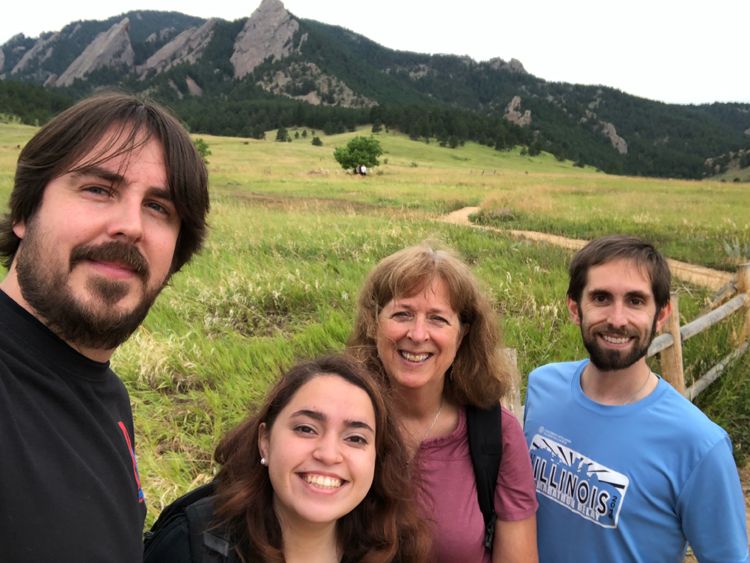
Credit: Andrew DeLaFrance
What do you like to do in your free time?
Being outdoors is my ultimate escape, whether it’s going on walks with our dog or hiking up the Canadian Rockies with my wife. We try to do at least one extended camping trip a year and are beginning to explore trails and forests in the Northeast. I’ve also photographed the wildlife and landscape in different places across North America, which has fueled my desire to explore new places. I also enjoy running, whether it’s solo or as part of group fun runs and longer races.
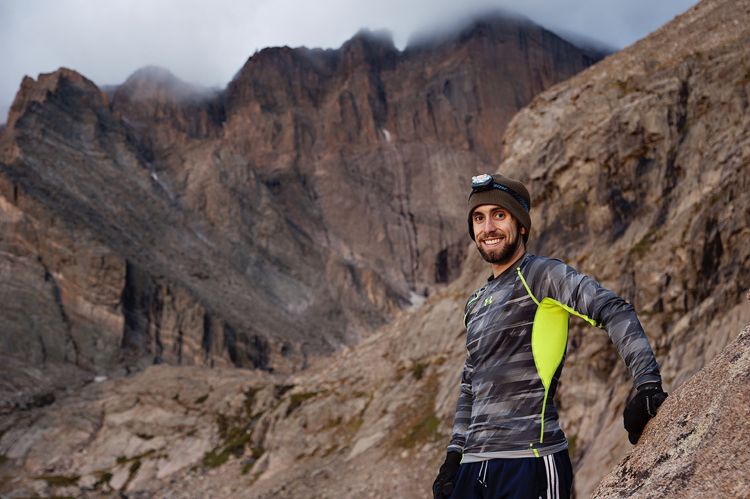
Credit: Justin Reed
What is one thing you wish the public understood about your field of work?
Something people may not know about collecting airborne cloud microphysics data is how difficult and complicated it is. There are infinite combinations of ice crystal sizes and shapes, and the cloud instruments need to image thousands of them over more than a football field of length in only a second. I typically process tens of millions of cloud particles for an eight-hour flight, and that just covers the altitudes that the aircraft can fly; many weather systems span thousands of kilometers wide and are over 10 kilometers deep. There are times when I sit back and marvel at what we’re able to accomplish in these field campaigns, while also acknowledging all that we still have to learn about the interaction between clouds and our climate.
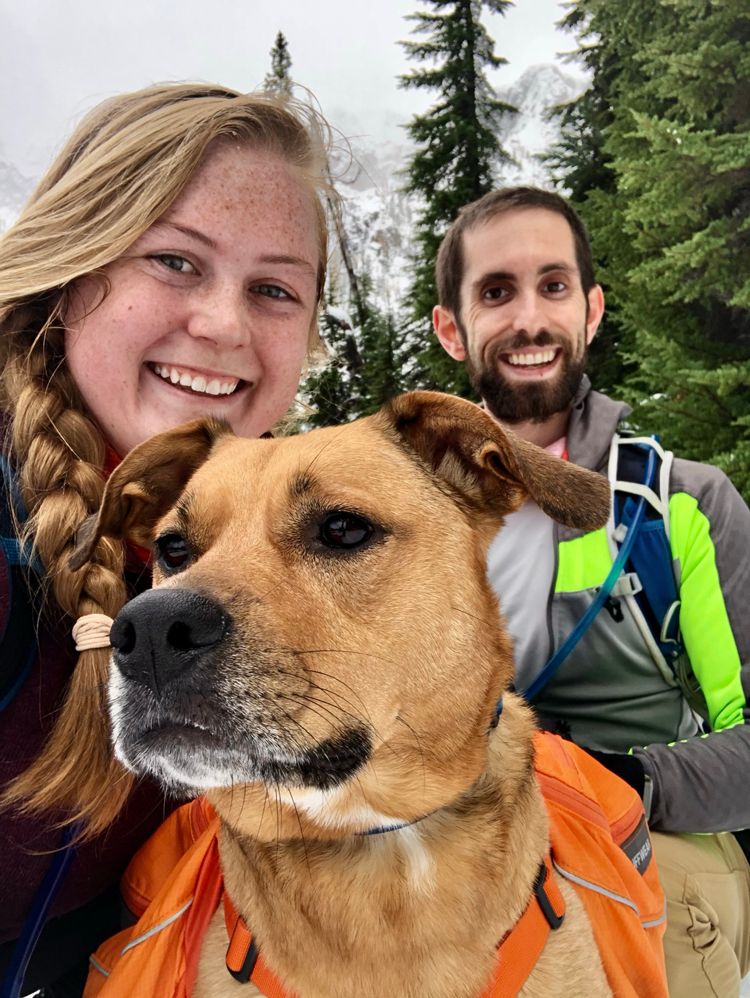
Credit: Holly Mallinson
Biography
Home Town:
Peoria, AZ
Undergraduate Degree:
B.S., Meteorology, State University of New York at Oswego
Post-graduate Degrees:
M.S. & Ph.D., Atmospheric Sciences, University of Illinois at Urbana-Champaign
